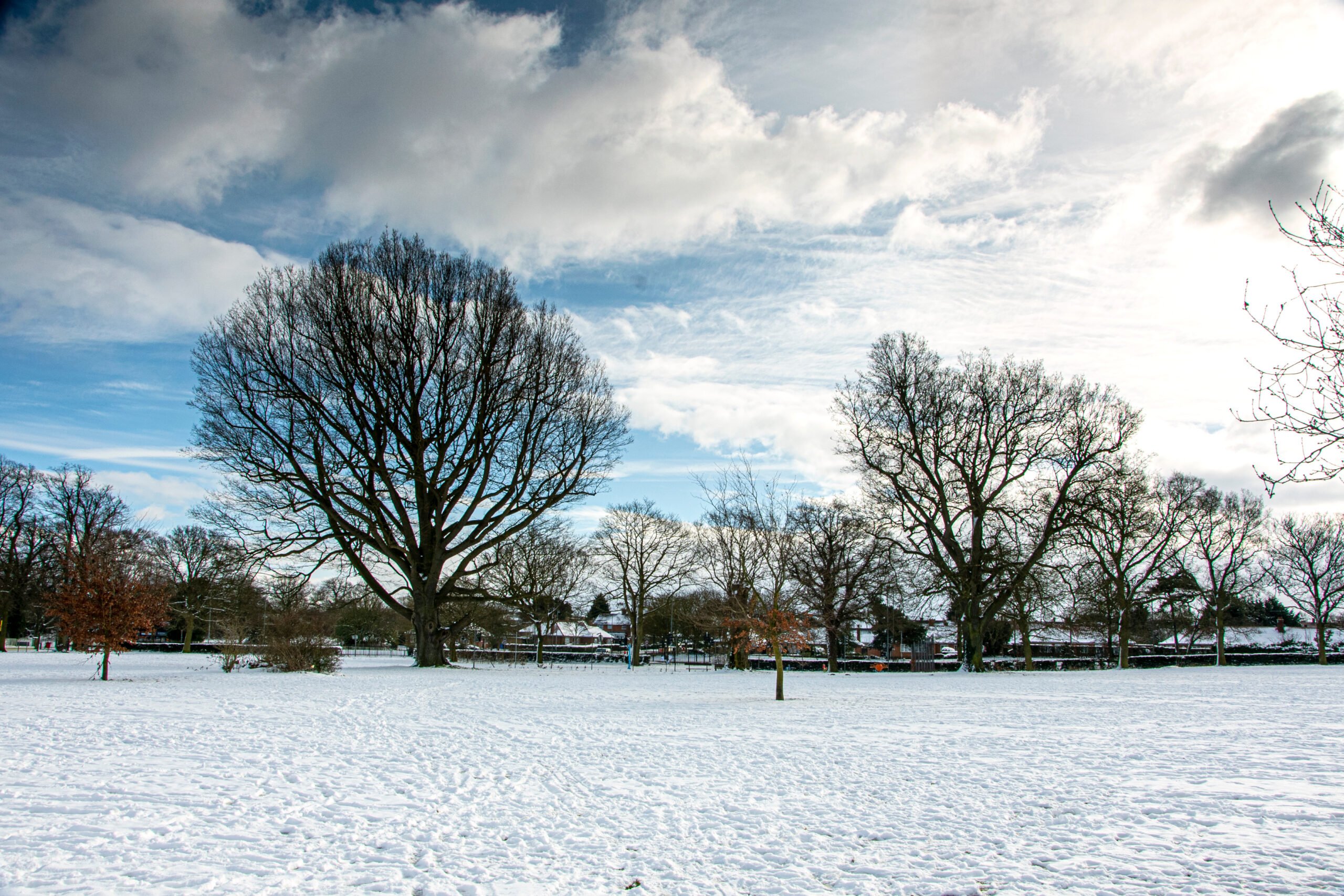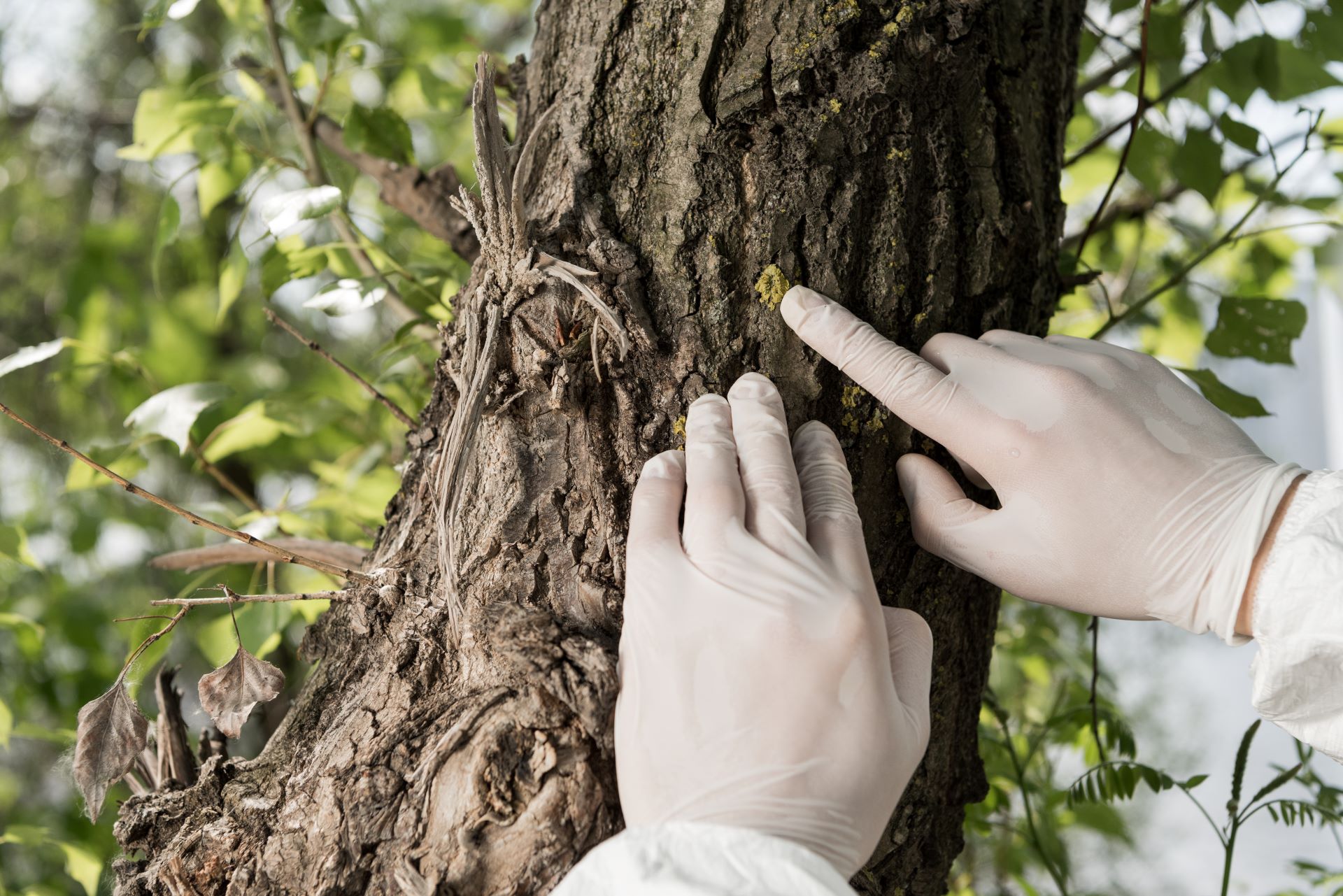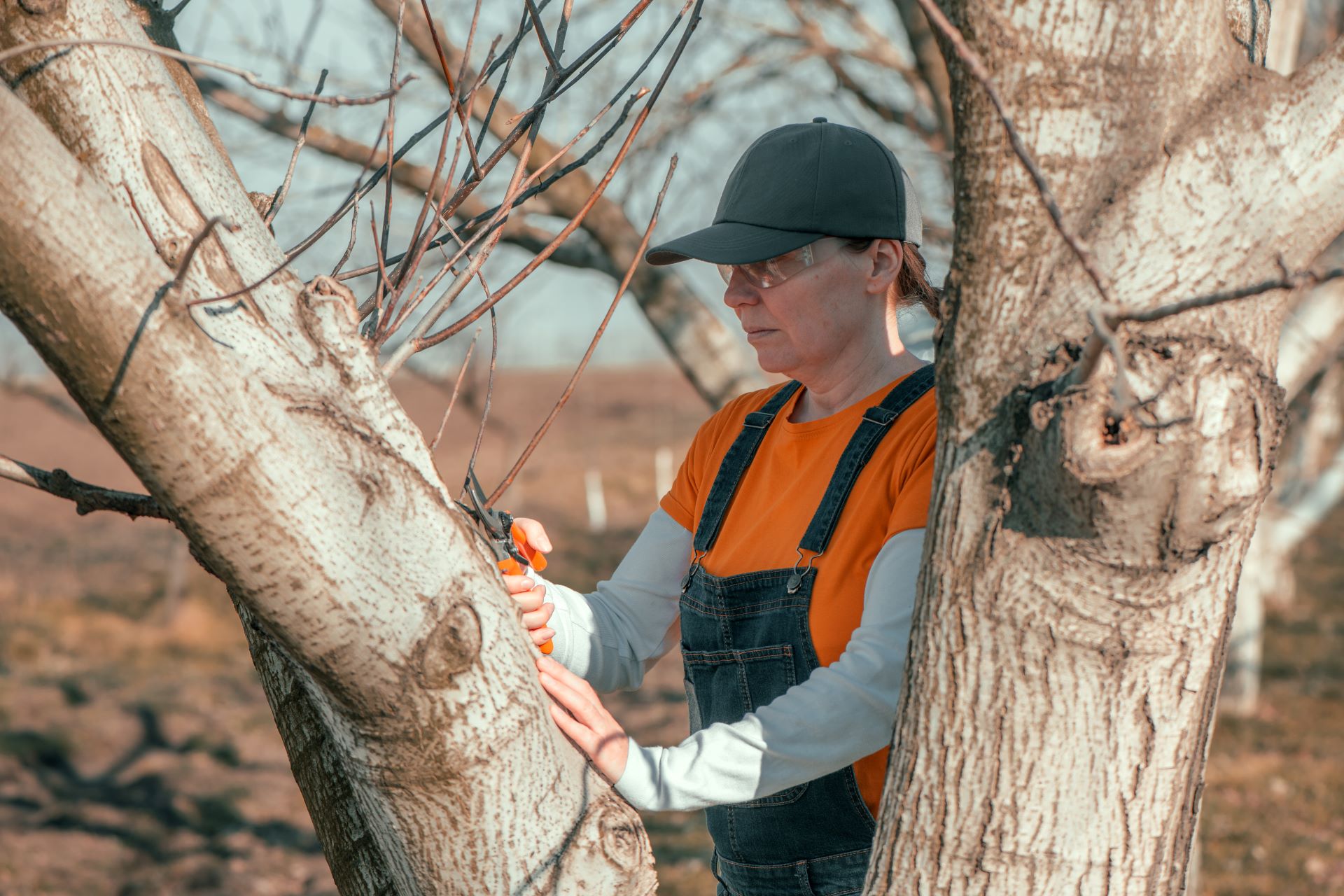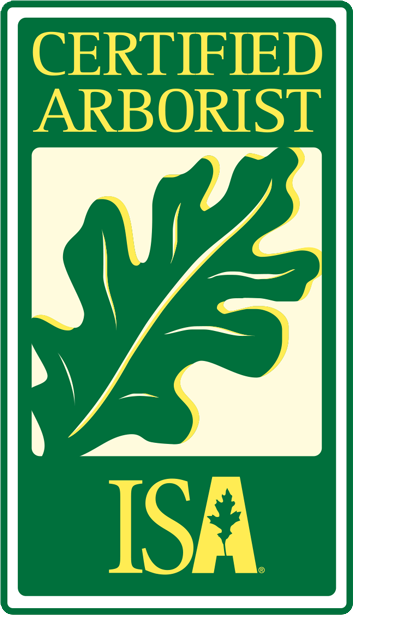As we approach the close of another year, it’s the perfect time to embark on a tree care journey with a year-end tree inspection. Winter can be a challenging season for our arboreal friends, and a proactive inspection now can make a significant difference in their health and vitality. Join us in understanding the key aspects of this year-end inspection, focusing on identifying and addressing potential winter damage.
Assessing Winter Damage: A Closer Look
Begin your inspection by closely examining your trees for signs of winter-related stress. Ice damage, a common concern after freezing rain, can manifest in cracked or broken branches. Evaluate the impact of heavy snow loads on the branches, ensuring they haven’t incurred damage from the weight. Look for signs of stress or weakness in both branches and trunks, keeping an eye out for any anomalies that may have occurred during winter weather conditions.
Spotting the Signs: Insights into Winter Woes
Winter dormancy is a natural and expected phase for trees, but subtle cues can signal underlying stressors that require attention. By familiarizing yourself with signs such as discoloration, unusual leaning, or a reduction in overall vitality, you gain the ability to discern between typical seasonal changes and potential threats to tree health. This knowledge becomes a powerful tool, enabling you to intervene promptly when stress indicators are detected. Addressing issues early on can prevent further damage, promote the well-being of your trees, and contribute to their long-term resilience and vitality.


Guidance on Remedial Measures: Nurturing Your Arboreal Companions
Once you’ve identified potential winter damage, it’s time to delve into remedial measures. Explore proper pruning techniques to remove damaged or weakened branches, promoting the tree’s overall structural integrity. Assess the tree’s general health, considering factors such as soil conditions and available sunlight. Adequate hydration during dry winter spells and protecting against extreme weather conditions, such as frost or heavy snow, further fortifies the tree. Also consider mulching around the base helps retain moisture and insulate the roots.
Cultivating a Proactive Approach: Tree Care as a Year-Round Ritual
Adopting a take charge approach to tree care means acknowledging that our trees require attention and nurturing throughout the entire year, not just during specific seasons. By making tree care a consistent ritual, we can establish a continuous connection with our arboreal companions, ensuring sustained health and vitality. This mindset allows for early detection of potential issues, facilitating timely intervention and preventing problems from escalating. Trees contribute significantly to ecological balance, air quality, and overall well-being. Regular care and attention demonstrate a commitment to preserving the natural beauty of our surroundings and fostering a harmonious coexistence with the plant life that shares our spaces. If you encounter challenges or need professional guidance, connect with your local arborists at Bergholz’s Tree Experts. We can provide tailored advice and support to ensure your trees receive the best care possible. Let’s ensure that our trees thrive and continue to enrich our lives for generations to come!








